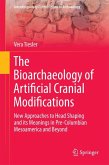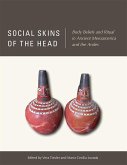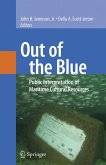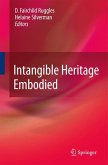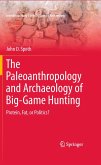The Bioarchaeology of Space and Place investigates variations in social identity among the ancient Maya by focusing on individuals and small groups identified archaeologically by their inclusion in specific, discrete mortuary contexts or by unusual mortuary treatments. Utilizing archaeological, biological, and taphonomic data from these contexts, the studies employ a variety of methodological approaches to reconstruct aspects of individuals' life-course and mortuary pathways. Following this, specific mortuary behaviors are discussed in relation to their local or regional cultural setting using relevant archaeological, ethnohistoric, and/or ethnographic data in an effort to interpret their meaning within the broader social, political and economic contexts in which they were carried out. This volume covers a number of topics that are currently being debated in Maya archaeology, including identification and discussion of the role and extent of human sacrifice in Maya culture, the use of ancestors for maintaining political power, the mortuary use of caves by both elites and non-elites, ethnic distinctions within urban areas, and the extent of movement of people between communities. Importantly, the papers in this volume attempt to test and move beyond static, dichotic categories that are often employed in mortuary studies in an effort to better understand the complex ways in which the Maya conceptualized and manipulated social identity. This type of nuanced case-study approach that incorporates historical, archaeological, and theoretical contextualization is becoming increasingly important in the field of bioarchaeology, providing valuable sources of data where small, diverse samples impede populational approaches.
Dieser Download kann aus rechtlichen Gründen nur mit Rechnungsadresse in A, B, BG, CY, CZ, D, DK, EW, E, FIN, F, GR, HR, H, IRL, I, LT, L, LR, M, NL, PL, P, R, S, SLO, SK ausgeliefert werden.
"Primarily a study of context and scale, The Bioarchaeology of Space and Place offers scholars of Mesoamerica, bioarchaeology, and mortuary archaeology a suite of illustrative case studies and caveats regarding the analysis of small, biased burial samples. ... Wrobel's volume provides a timely reminder regarding the importance of context and multiple lines of evidence to inform on the principles that structure the interment and reveal the identities of the inhumed decedents." (Danielle S. Kurin, Journal of Anthropological Research, Vol. 71, 2015)



